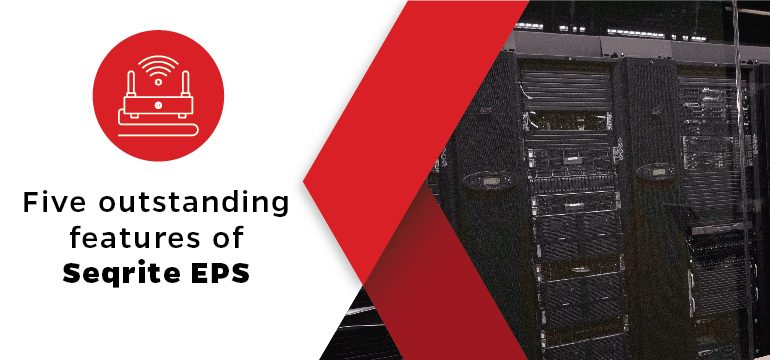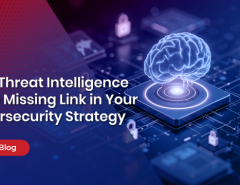Cyberattacks are the new norm right now. Just recently, the United States and Iran were in the middle of a heated skirmish where it is reported that the US had launched a cyber-attack against the country. In India, a cyber-attack caused mayhem and delayed many flights at Kolkata airport in April. This has apparently brought into focus the importance of cybersecurity in this day and age. Enterprises hence must stay committed and ensure they have their security systems in place.
A few major enterprise security challenges in recent times have been:
- Adopting a zero-trust approach
Organizations could consider adopting a ‘zero-trust’ approach to network security. Introduced by American market research giant, Forrester Research, the zero-trust network model eliminates the concept of a perimeter and calls for enterprises to inspect all network traffic without any classifications of ‘inside’ and ‘outside.’ Basically, no user or traffic is considered ‘authorized’ and all access to a specific network is governed by the same set of rules. Basically, there is ‘zero-trust’ in this model – all traffic to the network is untrusted and must be validated before allowed entry.
- Filling the cybersecurity skill gap
Cybersecurity is one of the functions which is almost continuously fighting a talent gap. A Frost & Sullivan report observed that the global cybersecurity workforce will have more than 1.5 million unfulfilled positions by 2020. Enterprises must find a sustainable solution to fill this gap and address it by looking beyond degrees and investing in constant certification courses.
- Underestimating the importance of patches and updates
While enterprises have woken up to the danger of cybersecurity and are taking measures to invest in enterprise security solutions, one challenge that often arises is a lack of maintenance. In this case, cybersecurity maintenance means keeping security software along with other essential programs updated and patched, that too, regularly. However, enterprises often miss out on updates making them extremely vulnerable. This is precisely the reason Seqrite Endpoint Security (EPS)’s Patch Management tool offers a centralized patch management strategy to remediate all application vulnerability patching needs.
- Ensuring compliance with regulations and norms
Thanks to the advent of GDPR in 2018, many businesses have woken up to the importance of data governance and compliance and taken some of the initial steps. But this has to be just the beginning. Data governance and compliance should not be done just because it has been mandated, because then businesses will just be ticking a box without really understanding the significance of what they are doing. Proper data governance and compliance policy benefit an organization in more ways than just making them compliant with the latest norms.
- Social engineering
An organization’s employees can be their biggest asset or liability. Unless they are also taken along the cybersecurity ride, it will be difficult for them to identify breaches, plug loopholes or not get taken in by phishing emails. For this, regular awareness and training are important.
Seqrite’s Unified Threat Management (UTM) provides a one-stop solution for many of the problems identified above. It acts as the first line of defense providing IT security management, a safe working environment, high productivity, regulatory compliance in a cost-effective bundled solution.




